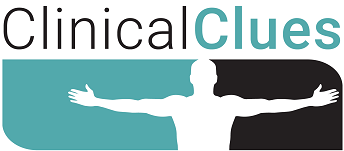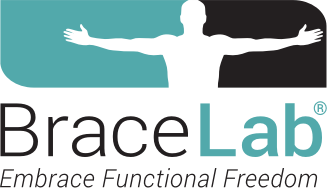Adapt Rather Than Abstain!

July 2023 No. 33
Adapt Rather Than Abstain!
by Jerry Ditz, DPT, Dip. Osteopractic, Cert. SMT, Cert. DN
Physical activities that create an adrenaline rush and are enjoyed together with others are fulfilling to many. Even though such activities may be risky, the benefit to one’s mental health often outweighs the physical danger. As a therapist, you must either advise that such an activity is unsafe, or you must help your patient better prepare his/her body to make the activity as safe as possible.
Sam, a 59-year-old retired Marine, was diagnosed with multiple sclerosis fifteen years ago. His general weakness makes him wheelchair dependent, and he comes to therapy for general strengthening.
Sam is adamant he has one goal: to be able to participate in the Annual National Disabled Veterans Winter Sports Clinic. The event brings together disabled veterans, world-class instructors, and medical professionals to provide disabled veterans the opportunity to experience a variety of winter sports. Sam has participated in the sit-ski event at this clinic for the past 14 years. (A seat is attached to a mono ski by a spring; the participant is belted in the seat while an able-bodied skier guides the sit-ski. There are different types of sit-skis, and ski selection is based on the participant’s impairment.)


Example of a Sit-Ski
Last year Sam had difficulty maintaining his trunk stability during turns on the slope, causing him to have slower run times, falls, and greater dependence on the event staff.
Helping Sam regain strength specifically for sit-skiing requires strengthening his core but how does one simulate a functional activity challenging his core balance without having a ski chair? Unlike a regular chair, the sit-ski chair elevates the legs with the hips flexed 90 degrees or more. Sam needs a functional exercise that seats him with his legs elevated while demanding his core muscles maintain his body upright.
Baseline: Sam is now able to sit in the longsitting position with his feet and knees together without upper extremity support for 82 seconds.
Initial Exercises: Sam would sit on a firm foam roll on the floor with his feet and hands touching the mat/floor. When he felt comfortable, he would lift his hands off the floor and work to remain stable on the roll. Initially he was able to hold this position less than 5 seconds.


Figure 1: Initial Position for Exercise Set 1
Now, when he is able to hold this posture for 30 seconds, additional exercises are added:
1. Same exercise with eyes closed.
2. Therapist perturbations: Manually applying force through the shoulders in the medial and lateral direction.
3. Catching and throwing a small ball while seated.
When Sam can successfully sustain the above exercises for more than 30 seconds each, he adds an additional exercise.
Additional Exercises: Sam sits on the firm foam roll with hands touching the mat/floor and his heels on the foam roller, leaving only his hands on a stable surface. When he feels comfortable, he lifts his hands up from the floor and endeavors to maintain his balance on the foam roll. His initial hold time was less than 10 seconds. When he can hold this exercise for 30 seconds, he adds this exercise to the INITIAL EXERCISES above.


Figure 2: Position for Exercise 2
While these exercises are not a perfect activity simulation, Sam improved his sit time to 180 seconds in the long sit position, preparing him for sit-ski activities. He felt having to make quick adjustments through his core in response to a dynamic surface prepared him for returning to sit-ski activities. Most of all, he was confidently able to participate in his favorite athletic event, enjoying an exciting adrenaline rush in the company of his peers.
Download Clinical Clue No. 33, Adapt Rather Than Abstain!, July 2023
© BraceLab; 2023 all rights reserved
Disclaimer: BraceLab Clinical Pearls are intended to be an informal sharing of practical clinical ideas; not formal evidence-based conclusions of fact.
